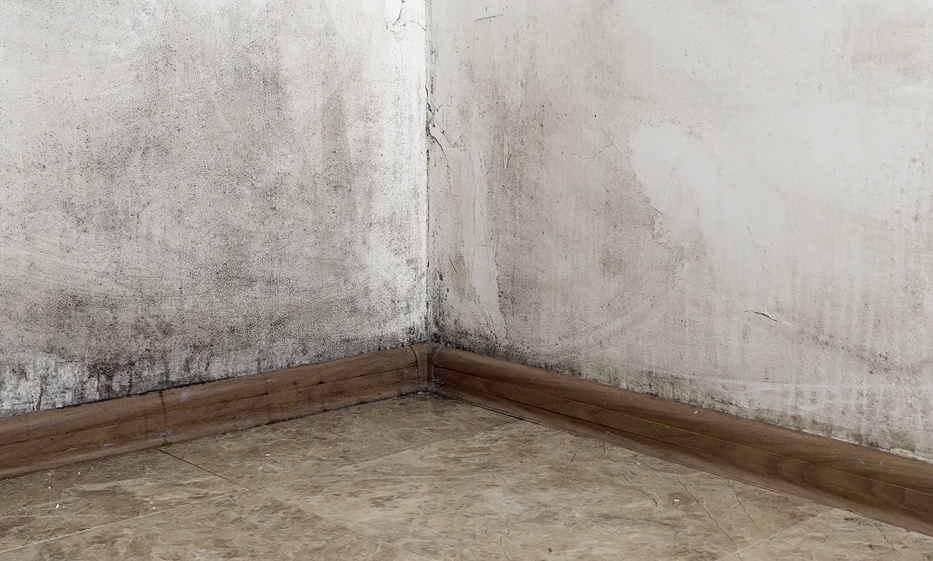As colder weather looms, letting agents and landlords are being warned to take damp and mould prevention seriously, with Propertymark urging the sector to ensure regular inspections and tenant education before winter sets in.
Problems with damp and mould often surge during autumn and winter as households switch on central heating and close windows, trapping moisture indoors.
The combination of warm, damp air and poor ventilation creates the perfect conditions for mould to spread – a problem that can escalate quickly and lead to severe health risks for tenants.
The issue was brought sharply into focus following the death of two-year-old Awaab Ishak in 2020 from a respiratory infection caused by prolonged exposure to mould in his home.
LEGISLATIVE CHANGE
The tragedy prompted legislative change across the social housing sector – and raised expectations for all landlords and agents to act swiftly when problems arise.
Propertymark warns that both tenants and landlords have roles to play in preventing damp and mould, from ensuring adequate ventilation to maintaining heating systems, repairing leaks promptly, and conducting regular safety and welfare inspections.
Common causes of damp include rising damp from failed damp-proofing, penetrating damp due to blocked gutters or leaks, condensation from inadequate ventilation or insulation and construction damp caused by building defects.
Left untreated, these problems can produce allergens, irritants and spores that trigger or worsen respiratory illnesses such as asthma and bronchitis.
SPECIALIST TREATMENT

Michaela Anaka, ARLA Propertymark executive for South London, recounted a severe case in a three-bedroom rental property where a combination of poor ventilation, overcrowding, and incorrect appliance use led to extensive black mould growth.
The property required a full specialist treatment and redecoration costing £3,500 but remains mould-free more than a year later.
Anaka says: “Mould can escalate without adequate heating, ventilation, incorrect use of appliances, building issues and maintenance issues which is why prevention remains the most effective answer.
“Frequent inspections and access are vital, paying special attention to the exterior of the property especially ensuring gutters and downpipes are checked and cleaned annually.”
WINTER IS COMING
And she adds: “Furthermore, it is important to bear in mind excess belongings stored in a room along with overcrowding, worsens condensation, and early intervention prevents a high cost later for many tenants, particularly in terms of their health, as they can be exposed to asthma, allergic reactions, and other respiratory conditions.
“As winter approaches, please ensure that the conditions in your property do not allow damp and mould to flourish.”
With energy costs and tenant pressures still high, Propertymark is reminding agents that communication and education are key – ensuring that both landlords and renters understand their responsibilities and that potential issues are tackled early to protect both health and property value.











